Children are children: they actively learn the world, they try everything, rush, fall, break their knees, experiment with their bodies. It is sometimes even difficult for parents to guess what a child can do out of curiosity or simply by negligence. Just in case, parents need to be prepared for everything, and if something urgent happens, be able to provide assistance before the arrival of the medical team.
If a child:
- choked
A child can choke even with food, at least with some small object. First of all, you need to free your mouth from food and vomit, or remove an object if it is within reach. You can do this directly with your fingers or a handkerchief. If you can’t get a piece of food or an object, you don’t need to be zealous so as not to push it even deeper. It is necessary to lay the child on his hand face down, holding his chin and back and make up to 5 sharp pops on the back.

With the base of the palm of your free hand, make 5 claps in a row between the shoulder blades of the child.
After each clap, check to see if the airway obstruction has been resolved.
If the foreign body cannot be removed, turn the child on his back. Put two fingers on the sternum of the child and make 5 clicks, pushing the sternum to a depth of 1-2 cm and letting the sternum straighten after each pressing, without removing the fingers from it.
If these measures do not help, call the ambulance again to make sure that the call has been accepted. Before the ambulance arrives, continue to provide first aid, alternate patting on the back and squeezing the chest. If at some point the child faints, start doing artificial respiration and indirect heart massage.
If you can’t free the airways, lay the child on his knees or grab him with his hands so that his head is lowered. With your fingertips, sharply press on his chest (the point of application of force is 1 finger below the line of the nipples). It is important to press on the chest, not the stomach.
In parallel with self-help, call an ambulance, and before the brigade arrives, alternate the first and second way of getting rid of a foreign object.
We read in detail: What to do if a child chokes
- took a poisonous substance
If possible, try to find out what substance the child got into the stomach - this will determine further actions. If the child drank acid, an alkaline solution or an unknown liquid - do not wash the stomach, it may become worse. Also, you should not give your child water or try to neutralize the drunk with acid or alkali.
If a child swallows some medicine, on the contrary, gastric lavage is indicated, therefore, the child needs to be drunk with plenty of water. No additional funds to neutralize what is accepted should be given.
If the child has lost consciousness, lay it on a horizontal surface and turn its head on its side so that it does not choke if there is vomiting.
Regardless of what the child has poisoned, call an ambulance. If possible, take with you to the hospital samples of vomit or poisonous substance that the child took.
- burned or scalded
You can get a burn from a hot object, steam, hot water, or a chemical. If the burn is not chemical, you need to hold the burn site under cold water. You need to keep it long enough, because if the burn is deep, it can continue to spread inland. The burnt part of the body must be covered with a sterile cloth. If there are blisters and wounds, do not touch them, do not try to process them, do not puncture the blisters, and do not remove clothing that adheres to the wound.
In case of serious burns, you must call an ambulance. While the team is traveling, do not drink or feed the baby. With severe pain, you can give an anesthetic.
Small and superficial burns do not require hospitalization, so you can simply contact the emergency room.
In case of a burn with a chemical, rinse the burn site with water well. If the substance got inside and the esophagus turned out to be burned - you need to call an ambulance. Rinse the stomach or drink the child with water.
- got frostbite
The main rule for frostbite: warming should occur from the inside. Frozen tissues of the body are as if deprived of food, if they are “warmed up” from the outside, and the food has not yet recovered, they can die. When warming occurs naturally from the inside, nutrition in the tissues is restored as they warm up, that is, gradually, from the inner layers to the outer. In addition, intense warming from the outside can cause burns (for example, if you warm your limbs in hot water).
To warm up smoothly, you need to apply a heat-resistant dressing (for example, from cotton wool and cling film) to the frost-bitten area. This will help prevent a sharp temperature drop. Additionally, you can give a warming drink. All these measures must be taken while the ambulance is traveling.
We also read: Tongue freezes in frost to iron - what to do, how to help a child
- banged his head
If the child hits his head, something cold should be applied to the site of the injury (for example, an ice pack wrapped in a cloth or towel). Be sure to monitor the condition of the child: if he is inhibited, complains of headache and nausea - be sure to call an ambulance. The same thing must be done if the child is unconscious. Pay attention to whether the child’s breathing is difficult after an impact.
- electric shock
The most important thing is to break the child’s contact with the voltage source. If you cannot turn off the appliance, you need to remove it from the child. For this, objects that do not conduct current are used: a dry wooden stick (mop, chair leg), a pack of newspapers. Then call an ambulance.
If the child is unconscious and without signs of life, do artificial respiration and a closed heart massage until the resuscitation team arrives.
- fracture or sprain
It is difficult to distinguish a fracture from a sprain without a picture, therefore, a traumatologist should examine the child. While waiting for an ambulance to go to the emergency room, fix the place of damage (for example, using folded sheets). Usually, the fracture or sprain site is swollen, so you can apply a “cold” (ice, bandage soaked in ice water). If the injury is open, make a sterile dressing. The damaged part of the body can be slightly raised for better outflow of blood and reduce edema.
- hurt and there is blood
If the blood is scarlet and flows in a pulsating stream - the artery is damaged.To stop bleeding, you need to bandage the place above the wound (a twisted flap of tissue or a tourniquet is suitable - a special rubber tube).
If the blood is dark in color and slowly flows out - the vein is damaged. You need to bandage the wound itself.
With capillary bleeding, pinch the wound, and if possible, raise the injured limb. Apply a sterile pressure dressing to a bleeding area, if possible with a hemostatic sponge. If the dressing is saturated with blood, changing it is not recommended. Put an ice pack on top of the dressing.
If something sticks out of the wound (glass or another object) - do not pull it out yourself. Pinch a place around the wound and wait for an ambulance.
If the child has blood from the nose - plant it, apply a "cold" to the nose. Cotton swabs soaked in a 2% hydrogen peroxide solution can be inserted into the nasal passages.
- is in a state of shock
A shock condition is a reaction of the nervous system to severe shocks. In a child, shock can be the result of trauma, an accident (bleeding, burns, or ordinary fear). Signs of a shock condition:
- pallor of the skin;
- cold sweat;
- chills;
- dizziness;
- nausea or vomiting
- choked breath.
After accidents, children often fall into a state of shock, therefore, in any accident, urgent anti-shock measures must be taken, even when the child has no signs of shock.
Lay the baby on its side and make sure it is breathing. Unfasten clothing in the neck, chest, and waist. Wrap the baby, but do not overheat it. The child should remain alone, and you should be near him and calm him down until the ambulance arrives.
- drowning in water
You need to try to get the child out of the water, but if the situation is critical, do not waste time and help directly in the water. The baby's mouth should be on the surface. If breathing is impaired, do mouth-to-mouth artificial respiration without trying to remove water from your stomach or lungs. When taking a child out of the water, make sure that his head is tilted down (so that water does not enter the lungs).
On land, the child needs to be laid on a horizontal surface, the respiratory tract should be freed from water, and make sure that the child is breathing and has a pulse.
When breathing is restored, free the child from wet clothes and cover with something dry and warm. Be sure to show the child to the doctor, even if nothing bothers him.
- damaged eyes
The eyes are very sensitive and damage them easily, in addition, any eye injuries are very painful.
If something gets into your eye, remove the foreign body with a piece of cotton wool dipped in water. If you can’t do it yourself, or you can remove it, but the eye continues to hurt, consult a doctor.
If the child has a bruised eye, immediately go to the hospital. The eye must be covered with a sterile cloth.
If chemicals get into your eyes, rinse thoroughly with cold clean water (for 15 minutes), cover with a clean gauze bandage. Take to the doctor.
- stung an insect
Mosquito bites, stings of bees, wasps, mosquitoes, midges are very painful. The bite site usually swells, turns red, and sometimes itches severely. Some children react to bee stings with a strong allergy, which manifests itself in swelling of the respiratory tract. If the child begins to breathe heavily, immediately call an ambulance.
If the sting remains in the skin, remove it with tweezers. It must be removed completely so that the poison does not penetrate further into the skin. “Cold” can be applied to the bite site to relieve swelling, and then smear it with a remedy for itching (for example, brilliant green - it helps against mosquito bites). We read in great detail: What to do if a child is bitten by mosquitoes, midges, bees, wasps - first aid for insect bites https://kid.htgetrid.com/en/eto-polezno-znat/chto-delat-esli-rebenka-pokusali-komaryi-moshki.html >>>
Yet:
A child has a foreign body in his ear or nose - first aid rules
What to do if a child swallows a foreign object
Timely measures of first aid in emergency situations will help to avoid serious consequences, and in some cases even save a child’s life.
We also read: how to secure a home for a small child

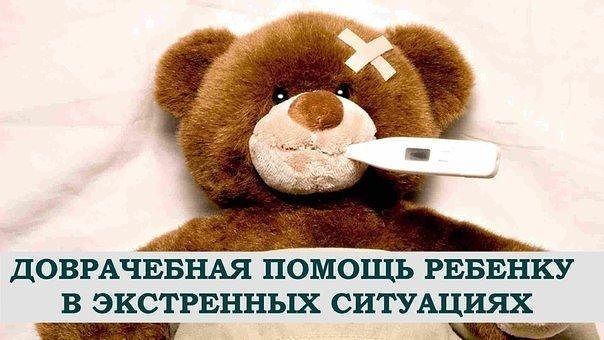
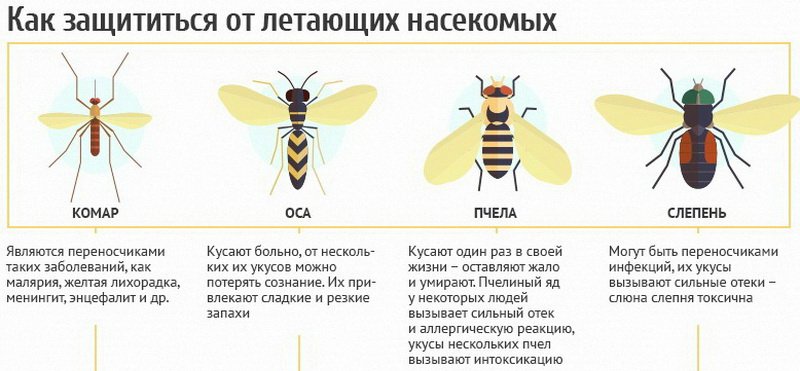
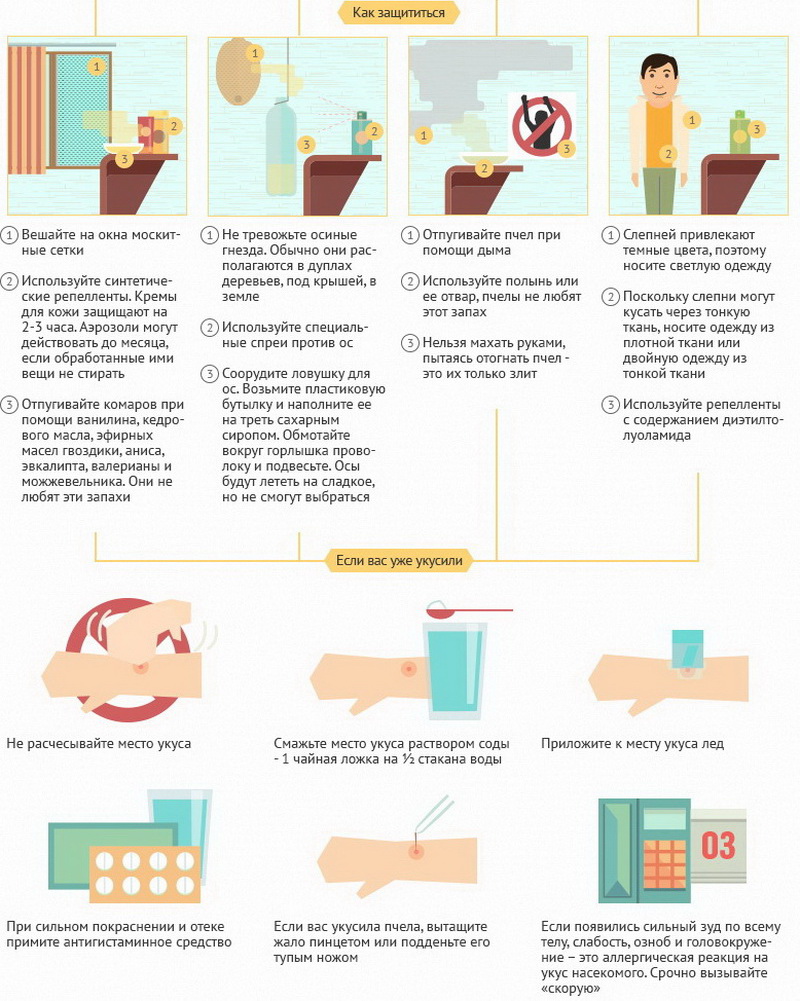

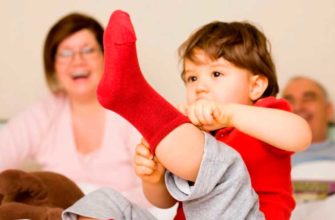


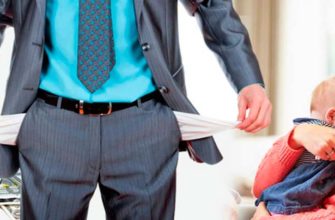



My son banged his head more than once, the most effective tool that has always been used is something cold from the freezer. Relieves edema, or at least reduces it, depending on the degree of injury.
I want to tell my story: a child was very bitten by a swarm of bees. Usually they were peaceful, but apparently they didn’t like something. There were 16 or 17 bites, I do not remember already. The first thing I did was pull out all the stings. Yes, the child was hurt, but only this will provide hope that in addition to being poisoned, infection will not go (because there are a lot of putrefactive bacteria on the stings of bees). And then it is already fashionable to engage in sticking cold and to the use of ointments. At hand I had nothing but the “Rescuer”. Nimes and smeared. The bites are gone by evening
When you have children, you need to be prepared for everything, but it doesn’t always work out. I’m not talking about an insect bite or bruises, but there are times when you fall into a stupor and help mechanically ... My son, falling from his bicycle, lost consciousness for a minute. While she ran up and lifted him, he had already opened his eyes. Of course, at home I put everything cold that was in the freezer to my head, but the problem was that the child had a brief amnesia (memory loss), did not remember at all that he was on the bike and that he fell. Naturally called an ambulance.